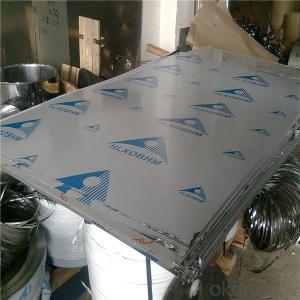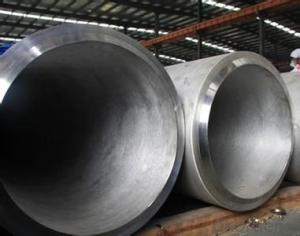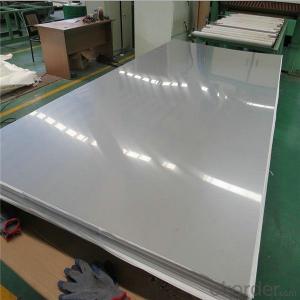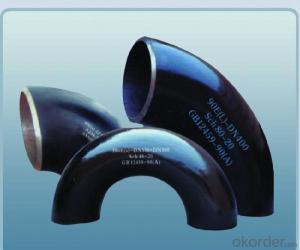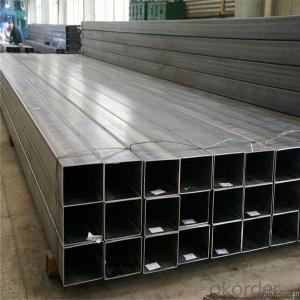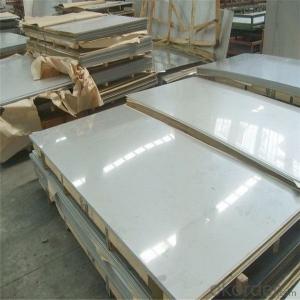2205 Stainless Steel
2205 Stainless Steel Related Searches
Best Paint For Stainless Steel Blanket Insulation For Steel Buildings Primer For Galvanized Steel Foam Filter For Stainless Steel H S Code For Stainless Steel Surface Grinding Wheels For Stainless Steel Surface Grinding Wheels For Hardened Steel Hole Saw For Stainless Steel Paint For Stainless Steel Stainless Steel For BbqHot Searches
Steel Mesh Panels For Sale Price For Stainless Steel Scrap Scrap Price For Stainless Steel Price For Stainless Steel Stainless Steel Tank For Sale Stainless Steel Sheets For Sale Cheap High Tea Sets For Sale Stainless Steel Tanks For Sale Stainless Steel For Sale High Density Fiberboard For Sale Solar Hot Water Collectors For Sale Scaffolding For Sale In Uae Scaffolding For Sale In Ireland Scaffolding For Sale In Houston Type Of Inverter For Solar Price Of Shipping Containers For Sale Types Of Inverter For Solar Stock Price For Aluminum Used Solar Inverter For Sale Steel Mesh Panels For Sale2205 Stainless Steel Supplier & Manufacturer from China
Okorder.com is a professional 2205 Stainless Steel supplier & manufacturer, offers integrated one-stop services including real-time quoting and online cargo tracking. We are funded by CNBM Group, a Fortune 500 enterprise and the largest 2205 Stainless Steel firm in China.Hot Products
FAQ
- The chemical composition and resulting properties of 2205 and 316 stainless steel pipes differ significantly. Firstly, 2205 is a duplex stainless steel that combines austenitic and ferritic stainless steels. This unique composition grants it exceptional corrosion resistance, high strength, and weldability. It is specifically engineered to endure highly corrosive surroundings, thus making it suitable for applications in the oil and gas industry, chemical processing, and marine environments. In contrast, 316 stainless steel is an austenitic stainless steel with a higher proportion of chromium and nickel compared to 2205. Consequently, it possesses superior corrosion resistance, particularly against chlorides and other aggressive chemicals. It also exhibits commendable heat resistance and is widely employed in industries such as food processing, pharmaceuticals, and medical equipment. Regarding mechanical properties, 2205 stainless steel generally boasts greater tensile and yield strength than 316 stainless steel. This renders it more appropriate for applications where strength and durability are critical factors. However, 316 stainless steel offers better formability and is easier to work with during fabrication. In conclusion, while both 2205 and 316 stainless steel pipes provide corrosion resistance, the choice between them depends on the specific requirements of the application. 2205 is preferred for highly corrosive environments and applications necessitating high strength, whereas 316 is commonly utilized in industries where superior corrosion resistance and good formability are pivotal.
- There are several different types of stainless steel pipe end connections, including threaded connections, socket weld connections, butt weld connections, flanged connections, and compression connections.
- There are several different grades of stainless steel that are commonly used in pipe manufacturing. These grades are designated by a number system, with the most common grades being 304, 316, and 430. Grade 304 stainless steel is the most widely used and versatile grade of stainless steel. It contains a high level of chromium and nickel, which gives it excellent corrosion resistance and durability. This grade is ideal for applications where the pipe may come into contact with corrosive substances or environments, such as in chemical processing plants or marine applications. Grade 316 stainless steel is similar to grade 304, but it contains a higher level of molybdenum. This additional element enhances the grade's corrosion resistance, particularly against chlorides and other harsh chemicals. Grade 316 is often used in industries such as pharmaceuticals, food processing, and coastal areas where saltwater exposure is common. Grade 430 stainless steel is a lower-grade option compared to 304 and 316. It has a lower level of nickel and does not contain molybdenum. While it still offers good corrosion resistance in many environments, it is not as resistant to certain corrosive agents as the higher grades. Grade 430 is commonly used in applications where cost is a primary consideration, such as for exhaust systems or decorative purposes. Other grades of stainless steel, such as 201 and 409, may also be used in pipe manufacturing, depending on the specific requirements of the application. Each grade has its own unique properties and characteristics, making it important to select the appropriate grade based on the desired performance, corrosion resistance, and cost considerations.
- Yes, stainless steel pipes can be used for oil and gas transportation. Stainless steel is highly resistant to corrosion and can withstand high pressures and extreme temperatures, making it suitable for transporting oil and gas safely and efficiently.
- The main difference between 446 and 316 stainless steel pipes lies in their composition and properties. 446 stainless steel is a ferritic stainless steel that contains chromium, molybdenum, and a small amount of titanium. It offers excellent resistance to high-temperature oxidation, making it suitable for applications involving elevated temperatures. However, it may not be as resistant to corrosion as other stainless steel grades. On the other hand, 316 stainless steel is an austenitic stainless steel that contains chromium, nickel, and molybdenum. It is known for its superior corrosion resistance, making it ideal for applications in corrosive environments, such as marine or chemical industries. In summary, while 446 stainless steel is preferred for high-temperature applications due to its oxidation resistance, 316 stainless steel is chosen for its exceptional corrosion resistance in various environments.
- Yes, stainless steel pipes can be insulated with cellulose. Cellulose insulation is a common choice for insulating pipes due to its high thermal resistance and fire-resistant properties. It can be used on various types of pipes, including stainless steel. Cellulose insulation can be applied to the pipes using different methods, such as wrapping the pipes with cellulose insulation blankets or filling the pipe cavities with loose-fill cellulose insulation. Insulating stainless steel pipes with cellulose can help prevent heat loss, reduce energy consumption, and ensure the pipes maintain a consistent temperature.
- Yes, stainless steel pipes are suitable for irrigation systems. Stainless steel is known for its excellent corrosion resistance, durability, and strength, making it an ideal choice for irrigation systems that are exposed to water and moisture. Stainless steel pipes can withstand high-pressure conditions and are resistant to rust and corrosion, ensuring a long lifespan and minimal maintenance requirements. Additionally, stainless steel pipes are also safe for conveying water for irrigation purposes as they do not leach harmful chemicals into the water supply.
- Yes, stainless steel pipes can be used for chemical laboratories. Stainless steel is highly resistant to corrosion and chemical reactions, making it suitable for handling a wide range of chemicals and substances commonly used in laboratories. Additionally, stainless steel pipes are known for their strength, durability, and ease of maintenance, making them a reliable choice for laboratory applications.

















